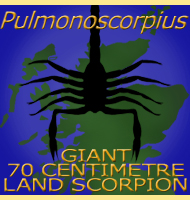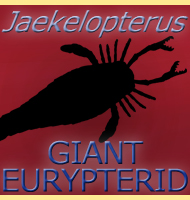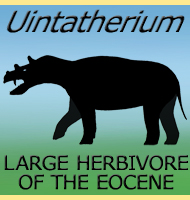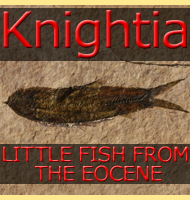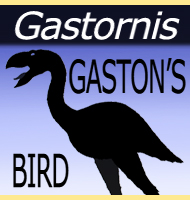


Uintascorpio
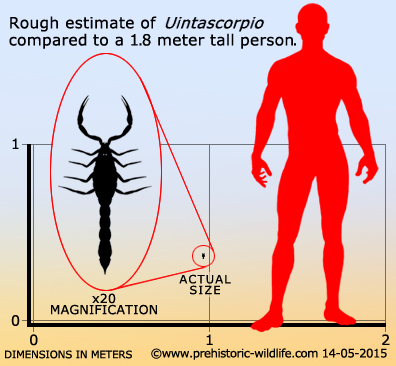
Name:
Uintascorpio
(Uinta scorpion).
Phonetic: Win-tah-skor-pe-o.
Named By: M. L. Perry - 1995.
Synonyms: Uintascorpio halandrasi.
Classification: Arthropoda, Arachnida,
Scorpiones, Buthidae.
Species: U. halandrasorum
(type).
Diet: Insectivore.
Size: Preserved length 25.25 millimetres long.
Total length estimated to be about 39.25 millimetres.
Known locations: USA, Colorado - Green River
Formation, Parachute Creek Member.
Time period: Ypresian/Lutetian of the Eocene.
Fossil representation: Almost complete adult
preserved on a slab.
Uintascorpio
is a genus of scorpion that lived in the state of Colorado during the
mid-Eocene. When first described, Uintascorpio
was considered to be
a member of the Vaejovidae scorpions, but this has not gained popular
acceptance. At the time of writing the most recent analysis of
Uintascorpio is that it is a buthid scorpion
(member of the
Buthidae). Buthids make up the largest family of scorpions, and
in modern forms, some of the deadliest scorpions that we know of
belong to the Buthidae. Buthid scorpions like Uintascorpio
are often
dubbed fat tailed scorpions because their tails are usually much fatter
than the tails of other scorpions.
The
general rule about dealing with scorpions is that fat tail but small
pincers means that you are dealing with a scorpion that relies heavily
upon large amounts of potent venom to kill prey, and this describes
the buthid scorpions pretty well. By contrast other scorpions that
have large pincers and thin tails usually just have weak and small
amounts of venom because they rely upon the strength of their claws to
kill prey.
Like
their buthid relatives, Uintascorpio had long but
thin pincers and a
large and fat tail, all indicators that Uintascorpio
relied upon
their venom and not their pincers for killing prey. The small size of
Uintascorpio combines with the thin pincers
indicates that Uintascorpio
would have hunted other invertebrates such as insects, spiders as
well as other small miscellaneous invertebrates. The thin pincers are
long, which would make it easier Uintascorpio to
grab a hold of prey
while its tail curled over its body on its way to deliver a sting.
The pincers would have also been able to reach into small crevices to
pluck out prey. Once the prey had been subdued by the venom,
the pincers would have brought the preys body close to the mouth
pieces which then would have sliced up and broken apart the preys body
as the scorpion fed.
Further reading
- Preliminary description of a new fossil scorpion from the middle
Eocene Green River Formation, Rio Blanco County, Colorado. - The
Green River Formation in Piceance Creek and Eastern Uinta Basins
(Grand Junction, Colorado: Grand Junction Geological Society.):
131–133. - M. L. Perry, W. R. Averett (ed) -
1995.
- A redescription and family placement of Uintascorpio
Perry, 1995
from the Parachute Creek Member of the Green River Formation (middle
Eocene) of Colorado, USA (Scorpiones: Buthidae). Revista
Ib�rica de Aracnolog�a 10: 7–16. - Jorge A. Santiago-Blay,
Michael E. Soleglad & Victor Fet - 2004.
----------------------------------------------------------------------------
Random favourites
 |
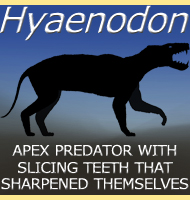 |
 |
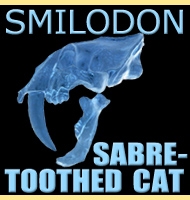 |
